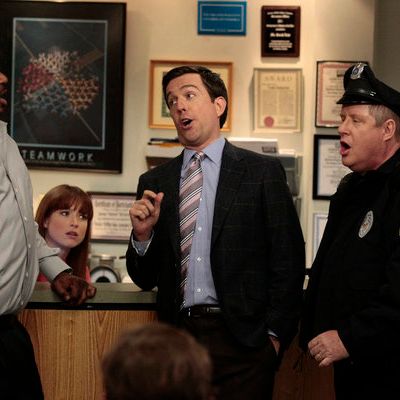
In other words, we’ve moved past the point where we’re just thinking about what the future of VR can bring. The hype cycle for VR, according to Gartner, suggests that virtual reality has already emerged as a “mature technology” in our environment. The last phase of the cycle is the point when products become more widely implemented, and development standards settle into place. Companies develop products based on feedback, and productivity levels start to rise. The next stage of the hype cycle is the “slope of betterment”, where innovation and investment become more crucial for growth. This is followed by a “dip of disillusionment” when companies fail to deliver on huge promises. After the trigger, there’s a peak of “inflated expectations”, often caused by high levels of publicity. The “hype cycle” graphic released by Gartner covers several important points in the growth of a technology, starting with the “technology trigger”, that launches the rise of a new concept. The Gartner hype cycle is a graphical insight into patterns that might occur with new technology.Įvery year, a new hype cycle arrives to help companies track the transformation of the marketplace on the axis of “expectations” and “time”.

Gartner, one of the market leaders in the world of analytics, frequently shares thoughts and expectations about the most disruptive tech. Going forward, experts believe that this solution could be the key to collaboration, communication, and creativity. Accelerated by the new demands that emerged during 2020, VR promises an immersive way to bring people together. Virtual Reality or “VR” is one of the digitally transformative tech solutions on the market today that’s moving at the fastest speed.


 0 kommentar(er)
0 kommentar(er)
